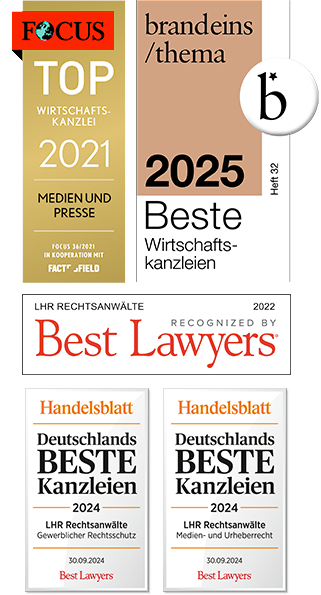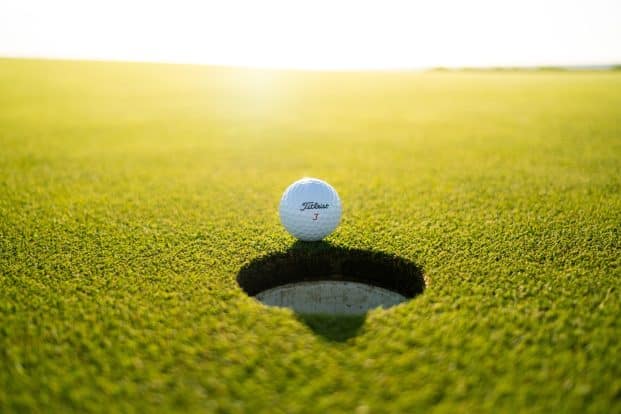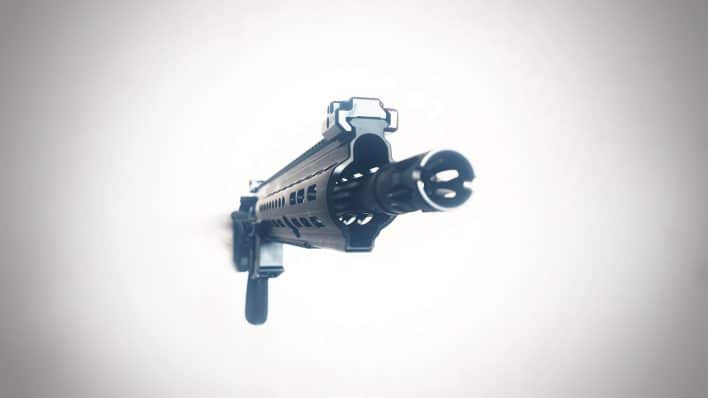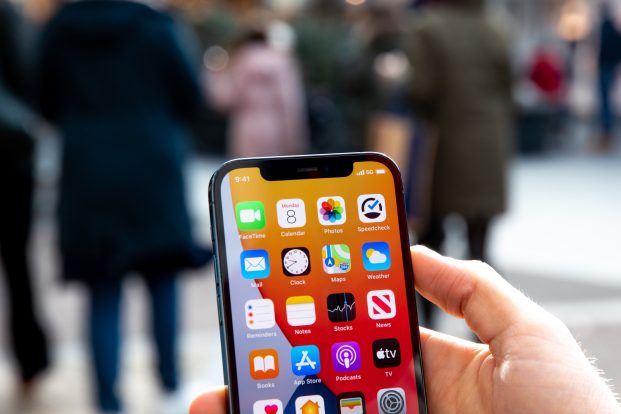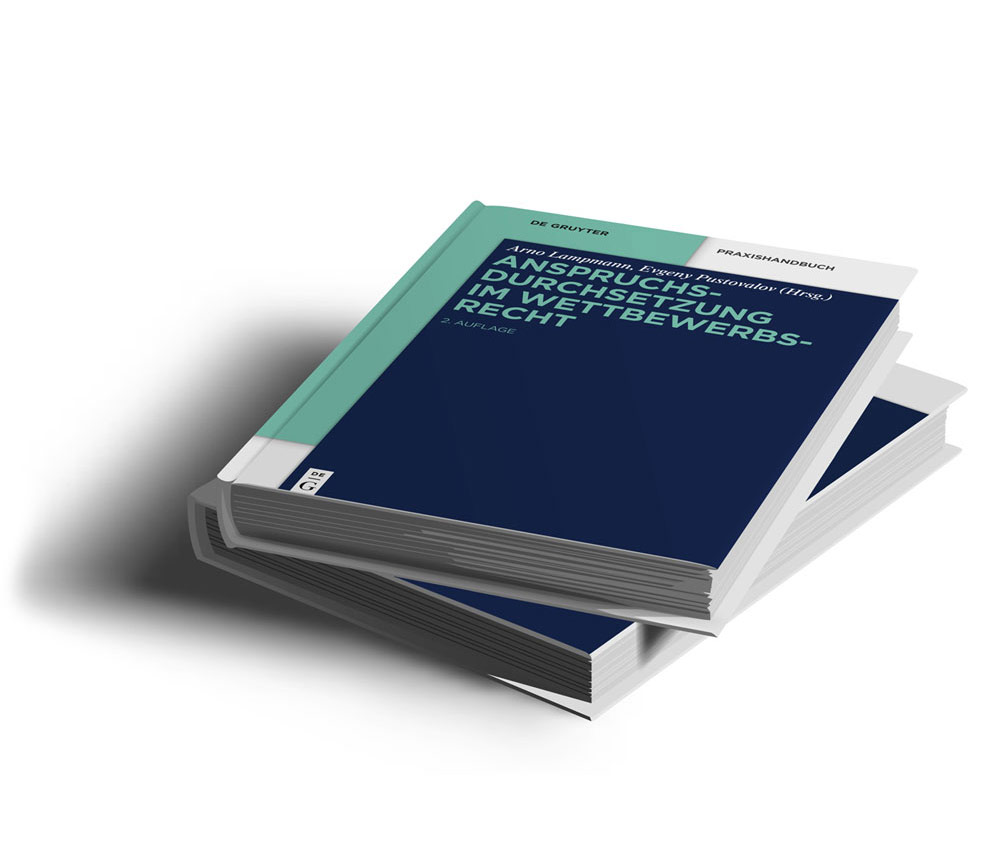Overview
- What is a patent?
- What can be patented?
- How do I protect my patent? – The patent application
- When does applying for a patent make sense? – Timing of the application
- What does a patent application cost and are there funding opportunities?
- What rights arise from a patent?
- How long are patents valid? – Duration of protection
- When constitutes an infringement of the protected patent?
- What are the consequences of patent infringement?
- Are there exceptions that make it possible to use a protected patent?
- Our services concerning patent law
What is a patent?
Patents grant a temporary and geographically limited monopoly on the use of a product or process. The owner of a patent can protect technical inventions from unwanted imitation and determine the type and extent of marketing of the right of use. Patents thus secure a technological lead over the competition and offer economic advantages.
What can be patented?
In order to be able to apply for a patent for an invention, both substantive and formal requirements must be met.
Substantive requirements
The invention must first meet four criteria:
- The invention must be new, i.e., it must go beyond the current state of the art. This is the decisive criterion. The prior art includes all products or processes that were already published before the filing date of the invention. In order to verify the novelty of an invention, the prior art must therefore first be established by searching patent databases and relevant technical literature, in order to avoid duplicate developments, not to infringe any third-party property rights and to prevent nullity suits against a wrongly granted patent. The German Patent and Trademark Office (DPMA) offers online and on-site search options to determine the current state of the art.
- The invention must be based on a significant innovation, i.e. it must go beyond minor innovations and technically insignificant changes.
- The invention must solve a technical problem, i.e. it must involve something that is part of the technology. The Patent Act (PatG) does not clearly regulate what this is. Rulings of the Federal Court of Justice (BGH) provide some guidance. It is clear, however, what is excluded by the technicality criterion, namely scientific theories, mathematical methods and artistic creations, even if they are innovative.
- The invention must be industrially applicable, i.e. it must be possible to produce or use it in an industrial field.
Formal requirements
In addition to the substantive requirements regarding the nature of the invention, there are formal requirements for the grant of a patent. These include, in particular, the formulation of the patent claims and a technical description of the invention together with a graphic representation.
How do I protect my patent? – The patent application
If the requirements are met, an application for a patent can be filed. The application strategy pursued depends on the individual case. The patent application can be filed nationally (at the DPMA) and internationally (at the European Patent Office, EPO). For cost reasons, it is usually advisable to file an application at the DPMA first and to file a subsequent application at the EPO only after a positive examination decision has been issued. This in turn may be necessary because the product or process is to be used throughout Europe, but a patent granted by the DPMA is only applicable within Germany.
When does applying for a patent make sense? – Timing of the application
As soon as the requirements are met and the expected economic benefit exceeds the cost of the process, the application for a patent should be filed, because it takes at least one year for a patent to be granted. It is also important to note that the invention may not be published before the filing date, so a non-disclosure agreement should be made whenever the product or process is presented. Nevertheless, there is always the risk that the technical innovation will be used by others or even claimed for oneself by way of patenting if the inventor does not ensure patent protection in time.
What does a patent application cost and are there funding opportunities?
The costs for the patent application procedure depend on the type of application (national, international) and the effort required to prepare the documents to be filed. In any case, official fees have to be paid; for an application at the DPMA this is about 500 Euro. However, the main cost item is usually the preparation of the patent application, for which several thousand euros must be calculated.
However, there is also the possibility of having the patent application financially supported. With the WIPANO funding program, the German Federal Ministry for Economic Affairs and Energy supports small and medium-sized enterprises (SMEs) based in Germany (with at least one branch operation) with a 50 percent state subsidy towards the costs of the patenting process (up to a maximum of 16,575 euros). In concrete terms, the subsidy covers not only the development of the IP strategy and the preparation of the application, as well as the fees for filing the application, but also the search and evaluation work during the application preparation phase, i.e. the prior technology review and the analysis of commercial exploitability, as well as – after the patent has been granted – activities for actual utilization.
What rights arise from a patent?
The owner of the patent can produce or use the protected product or process exclusively and derive economic benefit from it. However, he also has the option of utilizing the patent right economically himself, either by selling the patent or by granting a license for a fee. For this purpose, the patent can be registered with the DPMA, so that those interested in the technical innovation become aware of the patent during their searches.
How long are patents valid? – Duration of protection
A granted patent is in effect for a maximum of twenty years. The period begins to run on the day after the application is filed.
When constitutes an infringement of the protected patent?
In principle, a patent is infringed whenever a third party uses the patent without the permission of the patent owner, e.g. by manufacturing products or offering processes that are protected by the patent.
Direct patent infringement
The objective fact of direct patent infringement has its normative basis in § 9 PatG, in that the use of protected products and processes is permitted only to the patent owner (sentence 1) and any third party is expressly prohibited from using them without the consent of the patent owner (sentence 2).
Indirect patent infringement
However, the PatG not only prohibits direct use, but also indirect use by unauthorized third parties. According to § 10 I PatG, it is prohibited “without the consent of the patentee to offer or supply means relating to an essential element of the invention to persons other than those entitled to use the patented invention for the use of the invention within the scope of this law”. Thus, the patent protection is not directly infringed here, but means are provided for this purpose.
What are the consequences of patent infringement?
Patent infringement can be sanctioned by civil and criminal law.
Civil law sanctions
First, the patent owner is entitled to injunctive relief ( § 139 I, first sentence, PatG), and this applies already “if an infringement is threatened for the first time” (§ 139 I, second sentence, PatG). There is also a claim for payment of damages ( § 139 II, first sentence, PatG) and for destruction of infringing products (§ 140a PatG), as well as a claim for information as to the origin and distribution channels of the products used (§ 140b PatG) and a claim for production and inspection of documents and objects, if this is necessary to enforce the claims of the patent proprietor (§ 140c PatG). Finally, the patentee has a right to inspect relevant business documents of the infringer (§ 140d PatG) and to the public disclosure of the judgment confirming the patentee’s rights (§ 140e PatG).
Criminal sanctions
Patent infringements are in principle application offenses, i.e. criminal prosecution does not start automatically, but must be requested by the aggrieved party, “unless the prosecuting authority considers intervention ex officio to be necessary due to the special public interest in the prosecution” ( § 142 IV PatG). If there is a trial and conviction, the infringing act may result in severe penalties – fines or even imprisonment for up to three years ( § 142 I, first sentence, PatG). If the patent infringer acts commercially, the threat of punishment increases even further to up to five years’ imprisonment ( § 142 II PatG). This clearly shows that patent infringements are not trivial offenses.
Are there exceptions that make it possible to use a protected patent?
Yes, there are exceptions where the legal effects of the patent do not apply. These include acts in the private sphere for non-commercial purposes (§ 11 No. 1 PatG), the private right of prior use (§ 12 I PatG), the right of use granted on the basis of a state order (§ 13 I PatG) and the right of further use (§ 123 V to VII PatG). Further rights of use result from § 9b and c PatG and relate to plant or animal propagation material, i.e. are intended in particular for agriculture.
Our services concerning patent law
- Patent registration
- Start-up consulting in patent law
- Strategic management of patents and intellectual property rights
- License agreements
- International prosecution of patent infringements
- Defense against patent law warning letters
- Delimitation agreements and/or priority agreements
- Negotiation strategy & litigation tactic
